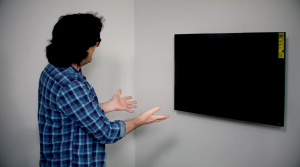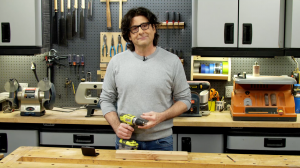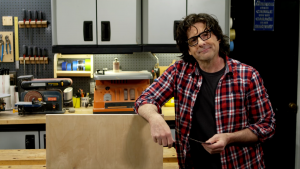How to Choose a Paint Brush
When it comes to getting great results in home improvement projects, Ron believes in using the best tools you can afford. This is as true for paint brushes as anything else.
It used to be that brushes fell into one of two categories: natural bristle for oil based paints and nylon for latex or water based paints. But nowadays the nylon polyester blend can cover everything.
A good quality brush should have plenty of densely packed bristles that are straight, evenly trimmed at the end and securely fastened into the ferrule to eliminate shedding.
The standard or square end brush is used for applying paint to a flat surface while the angle or sash or trim brush on the other hand is used for cutting in and can be used in either direction.
A brush will work better and last longer if it's thoroughly cleaned after every use. Start by rinsing the bristles under running water and then bend them back. This will dislodge any paint that may be trapped up close to the feral.
- Apply a couple of drops of dishwashing detergent and then work the bristles to scrub against each other.
- Finally, do a thorough rinse.
- If there's any paint remaining in the bristles, remove it with a brush comb.
If you have a small job to do, and you don't want to bother cleaning your brushes, you might consider a disposable version. All you do is paint and pitch.
Blog Articles
Expert Tips: How to Mount a TV on the Wall
Get step-by-step instructions on how to mount a TV on the wall, especially for big screen TVs. Master the art of wall mounting with our tips.
Frustrated by Stripped Screws? Here’s How to Get Them Out Fast
We've all been there. You're in the middle of a project, and suddenly your screwdriver spins uselessly in the screw head. The screw is stripped, and frustration sets in. With a little know-how and this simple trick, you can tackle a stripped screw and get your project back on track.
The Secret to Finishing Plywood Edges
Plywood projects are fantastic, but exposed edges can be an eyesore. This blog post unveils the magic of edge banding - a simple technique to create flawless, finished edges on your plywood projects, making them look professional and ready for paint or stain. Watch the video to learn how to apply edge banding like a pro!





